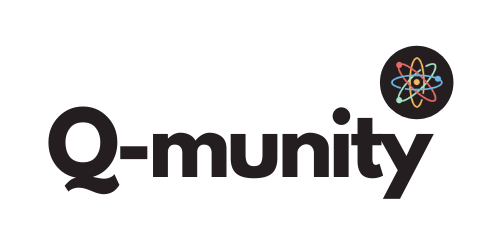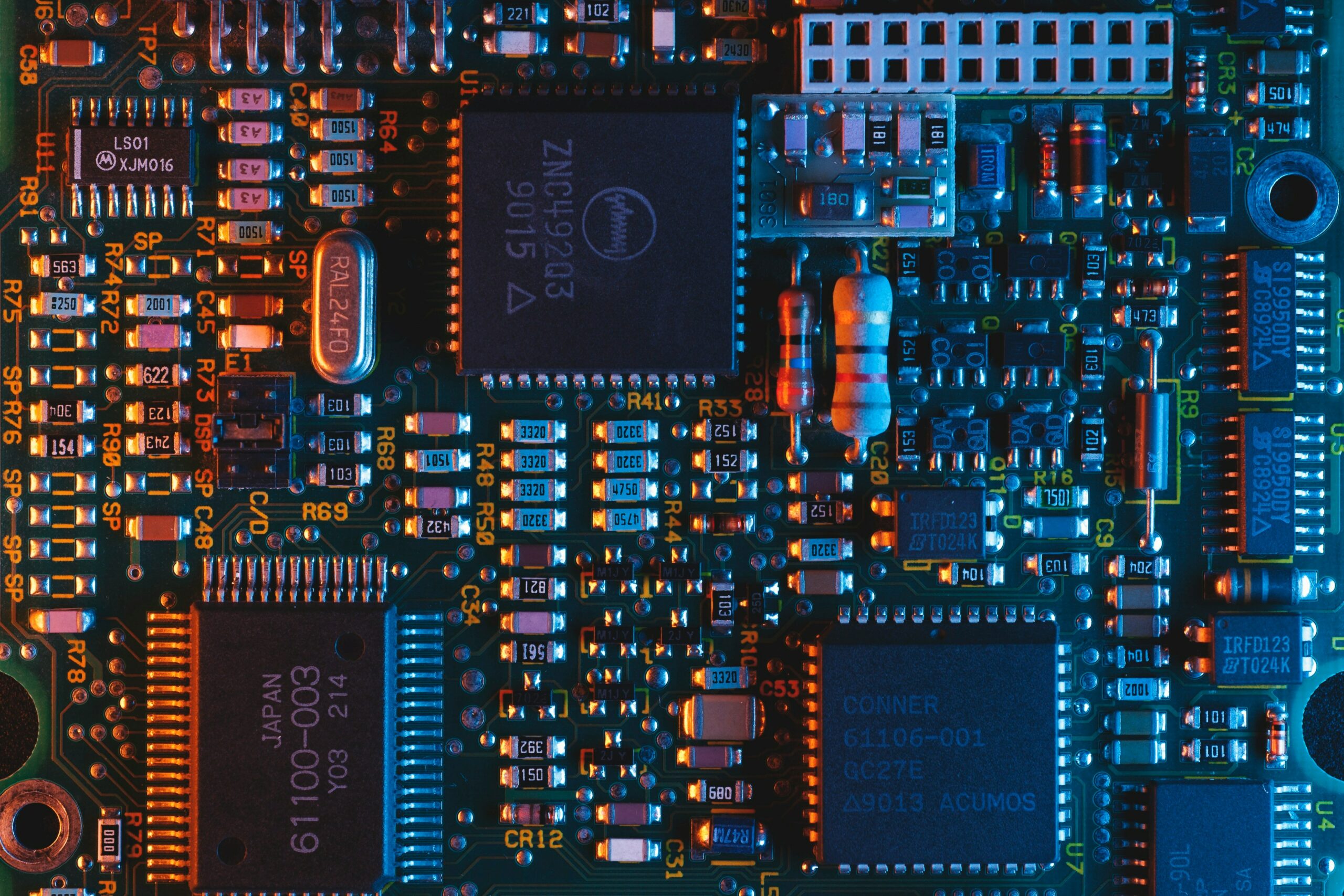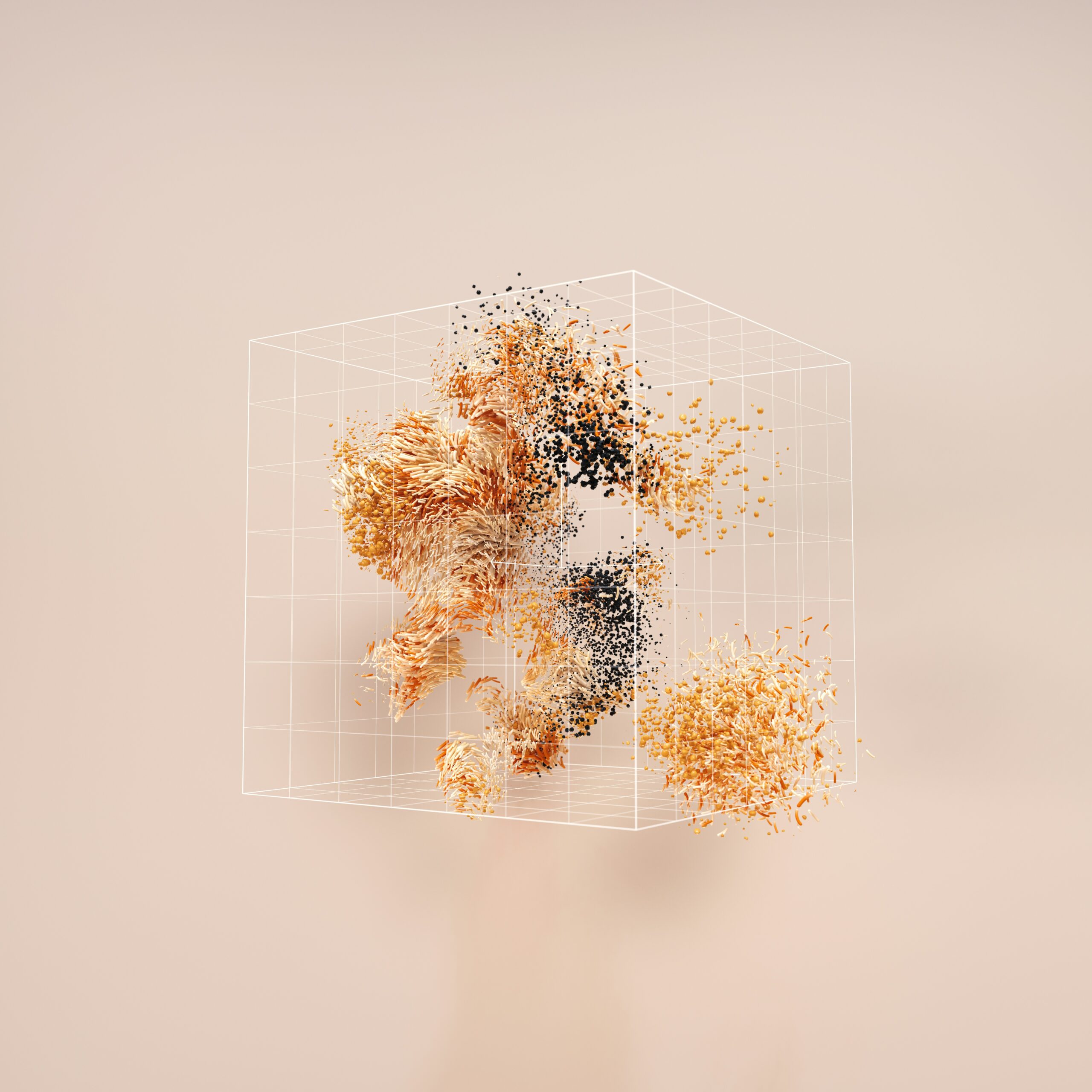The most basic unit of quantum computers is known as the quantum bit, or qubit. While this may seem like the end of the story, in truth, there is a lot more to qubits and quantum computers than meets the eye. We explore different types of qubits below.
Difference Types of Qubits
Qubits have generally been categorized into three types: physical, logical, and topological. These are differentiated based on theoretical concepts, function, and how they are implemented on quantum computing hardware.
Physical Qubits
A physical qubit is a two-state quantum system that is some smaller component of the larger quantum computer. In short, it is the singular particle or subsystem whose only values are 0 or 1. No additional error correcting mechanisms or components are added. The “physical” comes from the fact that this is the singular bit that exists on the quantum hardware device. However, just like how bits on classical computers also include some additional error-correcting codes, physical qubits alone are not sufficient to construct a functioning quantum computer.
Logical Qubits
This brings us to our discussion on logical qubits. The idea of a logical qubit may be either theoretical or abstract, in the sense that they refer to a collection of physical qubits used in a certain way. This collection of physical qubits is organized to protect against errors – key to error correction schema – and thus is central to fault-tolerant quantum computers. These logical qubits become what our “bits” are in quantum algorithms.
Researchers are working towards an era of quantum computing where there is enough error correction and mitigation such that the amount of noise encountered while performing computations is negligible. Designing an effective logical qubit, thus, is necessary.
Topological Qubits
As with logical qubits, topological qubits are theoretical in nature. However, unlike the traditional logical qubit where the value of the qubit is inherently stored in its spin states, topological qubits instead rely on the topological state of their material. The topological state refers to the arrangement and connectivity of these particles. In particular, topological qubits leverage the quantum properties of anyons. Two anyons may be “braided” (in which two particles circle around one another, such that this history of interaction is encoded in their braiding) to store quantum information. This reliance on the state of a complete physical system is theorized to be more stable than other options, as their properties are not fully dependent on just the properties of individual particles.
Conclusion
While initial textbooks and the like simply refer to quantum bits in a general manner, there do exist underlying categorizations that differentiate their purpose and type of implementation. Nonetheless, for all types of qubits, it is clear that the properties – and reliability – of future quantum computers will be dependent on how they are implemented.
See also:







